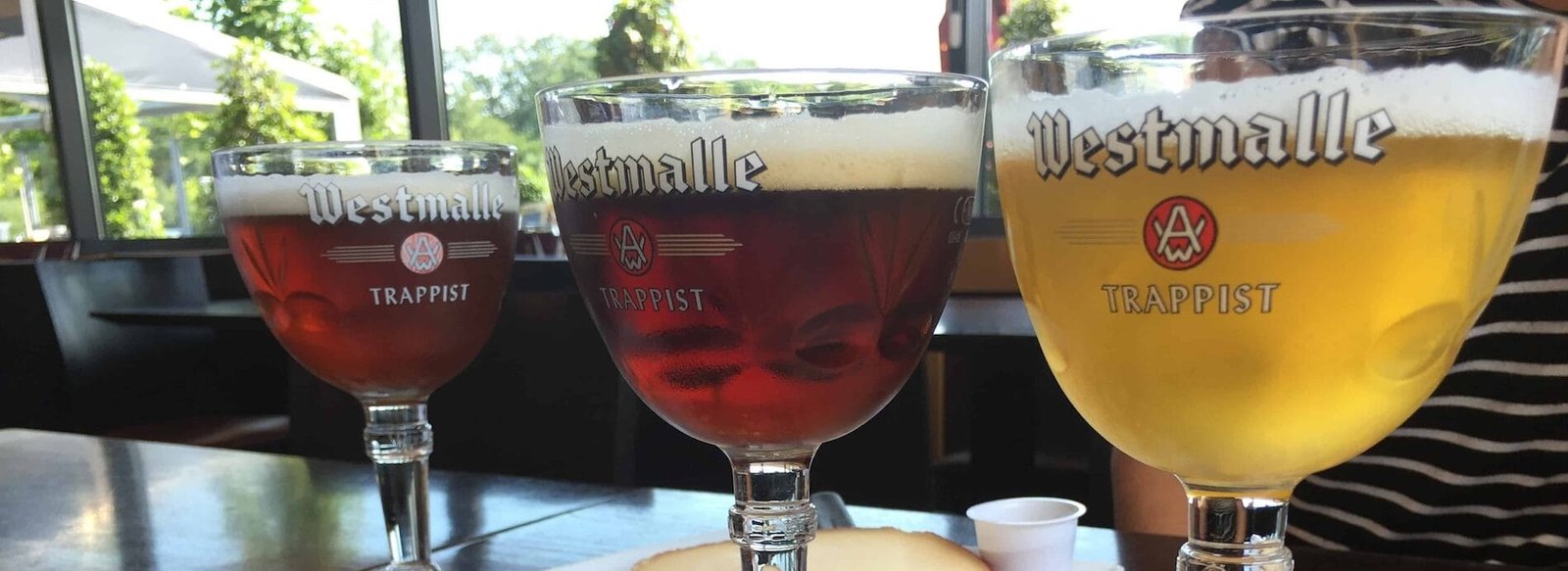Belgium has long been recognized as a cornerstone of the brewing world, producing a diverse array of beer styles that have garnered international acclaim. The country’s rich brewing heritage is not merely a reflection of its history but also a testament to its innovative spirit and commitment to quality. This article delves into the global influence of Belgian beer styles, examining their unique characteristics, historical context, and the ways they have shaped brewing traditions around the world.
A Brief History of Belgian Brewing
The roots of Belgian brewing can be traced back to the Middle Ages. Monastic brewing played a significant role in the development of beer in Belgium, with Trappist monks producing high-quality ales that were both flavorful and complex. The Trappist tradition remains influential today, with a select few breweries still adhering to the rigorous standards set by their predecessors.
Throughout the centuries, Belgium has witnessed the emergence of various beer styles, each with its own distinct flavor profile and brewing technique. From the fruity and spicy notes of Belgian Witbier to the rich, dark complexities of Belgian Dubbel, each style tells a story of the region’s agricultural practices, climate, and cultural influences.
Key Belgian Beer Styles
1. Belgian Witbier: This style is characterized by its use of wheat, which contributes to a light, refreshing body. Traditionally brewed with spices like coriander and orange peel, Witbier offers a unique balance of flavors that appeals to a wide audience. Its popularity has inspired countless breweries around the world to experiment with similar recipes, leading to a surge in the production of wheat beers globally.
2. Belgian Dubbel: Known for its deep amber color and rich, malty sweetness, Dubbel is a style that showcases the complexity of Belgian yeast. The use of dark malts imparts flavors of caramel, toffee, and dark fruit, making it a favorite among craft beer enthusiasts. As breweries outside Belgium sought to replicate this style, they often adapted the recipe to suit local tastes, resulting in a variety of interpretations.
3. Belgian Tripel: This style is a testament to the art of brewing, with its higher alcohol content and bright golden hue. Tripels are known for their fruity esters and spicy phenols, which create a harmonious flavor profile. The Tripel style has inspired many brewers globally, leading to a proliferation of high-alcohol ales that pay homage to the original Belgian versions.
4. Saison: Originating from the Walloon region of Belgium, Saison is a farmhouse ale that was traditionally brewed in the winter months and consumed in the summer. Its dry finish and fruity, peppery notes make it a versatile beer that pairs well with a variety of foods. The Saison style has gained popularity among craft brewers worldwide, who appreciate its adaptability and the opportunity for creative expression.
5. Lambic: Perhaps one of the most unique styles, Lambic is a spontaneously fermented beer that relies on wild yeast and bacteria from the environment. This traditional method results in a sour, complex flavor profile that can include fruity, earthy, and funky notes. The popularity of sour beers has surged in recent years, with many breweries experimenting with Lambic-inspired techniques and flavors.
The Global Impact of Belgian Beer Styles
Belgian beer styles have transcended borders, influencing brewing practices and preferences in various regions around the world. The rise of craft beer in the United States, for instance, can be traced back to the appreciation of Belgian brewing traditions. Many American craft brewers have adopted Belgian yeast strains and brewing techniques, resulting in a diverse array of beers that reflect both local ingredients and traditional Belgian styles.
In the United States, the craft beer movement has embraced Belgian styles, leading to the creation of numerous breweries dedicated to producing Belgian-inspired ales. Breweries such as Allagash and Ommegang have gained recognition for their commitment to authenticity, often using traditional methods and ingredients to create beers that pay homage to their Belgian counterparts. The rise of Belgian-style beers in the U.S. has not only expanded the palate of American beer drinkers but has also fostered a deeper appreciation for the craftsmanship involved in brewing.
Similarly, in countries like Canada, the influence of Belgian beer styles is evident in the burgeoning craft beer scene. Breweries across the nation have taken cues from Belgian brewing traditions, producing a variety of styles that reflect the unique terroir of their regions. The use of local ingredients, combined with Belgian techniques, has resulted in a rich tapestry of flavors that celebrate both heritage and innovation.
In Asia, the impact of Belgian beer styles is also becoming increasingly pronounced. Countries like Japan and South Korea have seen a surge in craft breweries that draw inspiration from Belgian brewing traditions. Japanese brewers, known for their meticulous attention to detail, have embraced the complexity of Belgian styles, creating beers that reflect their own cultural influences while honoring traditional methods. Similarly, South Korean breweries have begun to experiment with Belgian yeast strains and brewing techniques, resulting in a new wave of craft beers that appeal to both local and international markets.
The Role of Education and Collaboration
The global influence of Belgian beer styles can also be attributed to the collaborative spirit within the brewing community. Beer festivals, competitions, and educational programs have created opportunities for brewers from different regions to come together, share knowledge, and learn from one another. Events like the Brussels Beer Challenge and the Great American Beer Festival have showcased Belgian styles alongside local interpretations, fostering a sense of camaraderie and mutual respect among brewers.
Furthermore, the rise of beer tourism has played a significant role in spreading awareness of Belgian beer styles. Travelers seeking authentic experiences often find themselves drawn to Belgium’s rich brewing culture, visiting breweries and participating in tastings. This exposure not only enhances their appreciation for Belgian beers but also inspires them to explore similar styles upon returning home.
Challenges and Future Directions
Despite the positive impact of Belgian beer styles on the global brewing landscape, challenges remain. The increasing popularity of craft beer has led to a saturation of the market, making it difficult for some breweries to differentiate themselves. As a result, some brewers may be tempted to compromise on quality or authenticity in pursuit of trends, which could dilute the essence of Belgian styles.
Moreover, the rise of non-alcoholic and low-alcohol beers presents both an opportunity and a challenge for traditional Belgian styles, which are often characterized by their higher alcohol content. As consumer preferences shift towards healthier options, breweries may need to adapt their recipes while maintaining the integrity of the styles they represent.
The Global Influence of Belgian Beer Styles: A Comparative Study
The global influence of Belgian beer styles is a testament to the enduring legacy of this small European country’s brewing traditions. From the fruity and refreshing Witbier to the complex and rich Dubbel, Belgian beers have captivated palates around the world, inspiring countless brewers to explore and innovate. As the craft beer movement continues to evolve, the principles of quality, creativity, and collaboration that define Belgian brewing will undoubtedly remain at the forefront, shaping the future of beer for generations to come. The journey of Belgian beer styles is far from over, and their impact on the global brewing landscape will continue to unfold, inviting beer enthusiasts to discover and appreciate the rich tapestry of flavors that Belgium has to offer.

